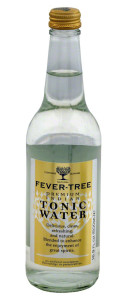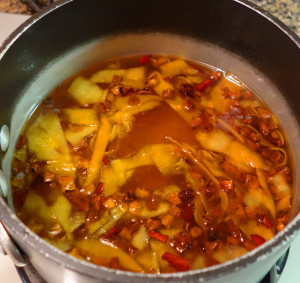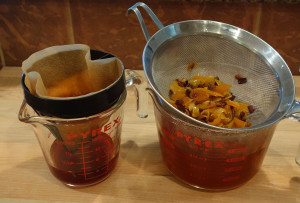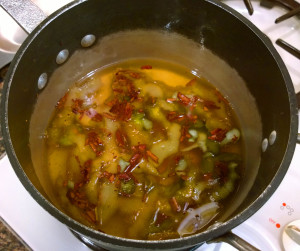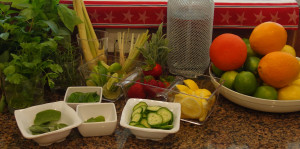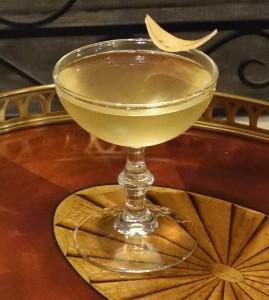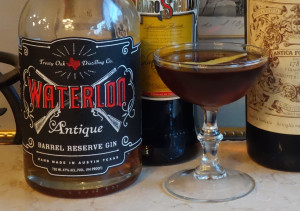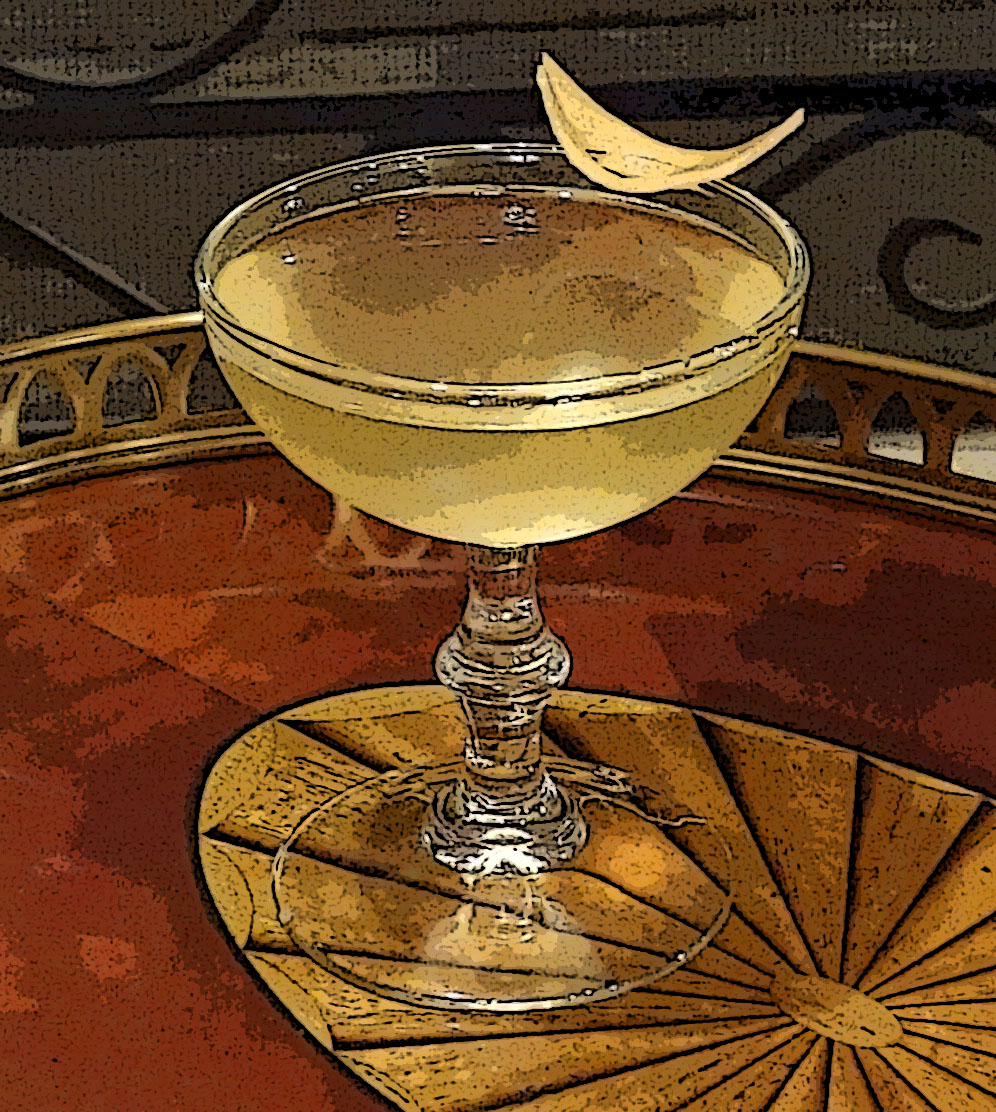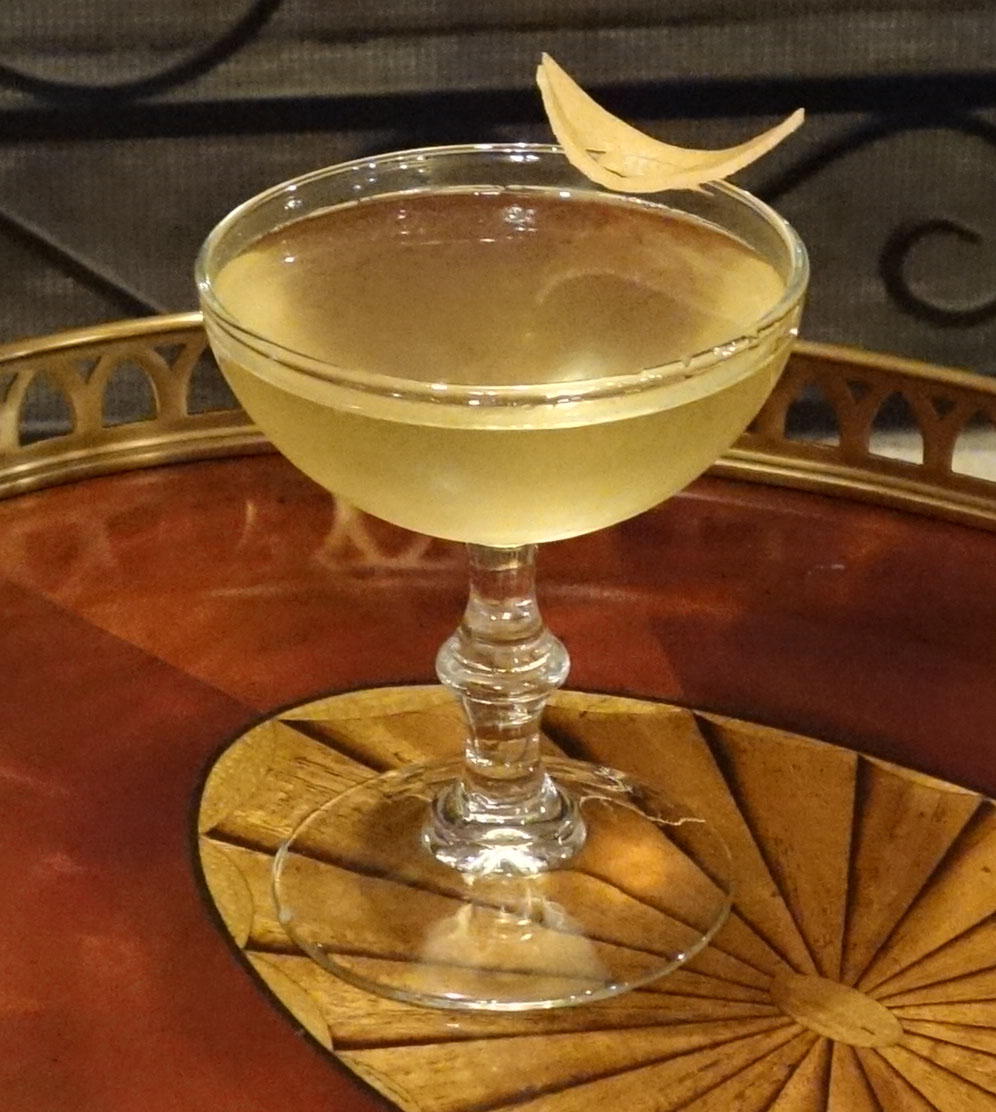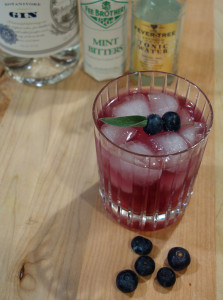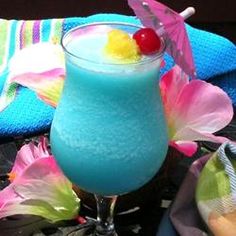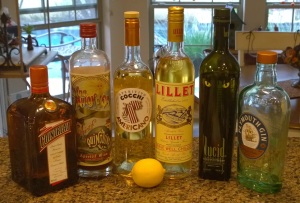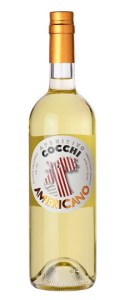Tepache!
#foogallery-gallery-2205 .fg-image { width: 150px; }
Tepache is pineapple, top removed, chunked, unpeeled, juiced, then mixed with a few spices and sugar and allowed to ferment, uncovered, first at room temperature and then in the refrigerator, with whatever is in the air, for one week. If pineapple juice and hard cider had a baby – it would be tepache. This favorite street drink of Mexico is tropical and slightly pungent with a little funk. Traditionally served alone or with Mexican beer, tepache is making its way onto cocktail menus all over the US.
It first came to my attention when I read a Bon Appétit post last Summer. Then this past July, I spotted an article about a DIY tepache in Imbibe . When I noticed that the recipe was from our friends at Victor Tangos, my curiosity was truly peaked. Victor Tangos is one of the restaurants I try to visit when we’re in Dallas. So, I absolutely had to head over there at my first opportunity.
 When I had a chance to discuss Victor Tangos’ version with Manager Matt Ragan, he said their tepache is basically just the way Bartender Alejandro Galindo’s mother used to make hers. According to Matt, they make their tepache in the restaurant and there is little, if any, variation between batches. They have used it in several cocktails, mainly Tiki drinks, substituting tepache for pineapple juice. During my visit a few weeks ago, they were offering the Tomar de los Muertes, which eschews the rum and combines mezcal and tequila. Matt says that the tepache cocktails have been well received and will continue on the menu for awhile.
When I had a chance to discuss Victor Tangos’ version with Manager Matt Ragan, he said their tepache is basically just the way Bartender Alejandro Galindo’s mother used to make hers. According to Matt, they make their tepache in the restaurant and there is little, if any, variation between batches. They have used it in several cocktails, mainly Tiki drinks, substituting tepache for pineapple juice. During my visit a few weeks ago, they were offering the Tomar de los Muertes, which eschews the rum and combines mezcal and tequila. Matt says that the tepache cocktails have been well received and will continue on the menu for awhile.
I used Alejandro’s recipe, which is simple and came out very similar to what I had at Victor Tangos. It was good at the end of the seven days proscribed in the recipe, but got better when allowed to ferment another ten days. You don’t have to make your own – just ask at your favorite liquor store. We tried it alone, with beer and in a few different cocktails. I found that the cocktails are best if the amount of tepache is equal to, or less than, the volume of hard spirit. Otherwise, it overwhelms the drink. We settled on 3 favorites: a Tiki variation, a tequila/amaro combination and a gin cocktail.
The Potted Tepache Parrot
This is a riff on Trader Vic’s Potted Parrot using tepache rather than orange juice. I also increased the orgeat. The flavors of the ingredients all come through: the rum, the tart/funky tepache, the orgeat and a hint of lemon. Here’s the recipe: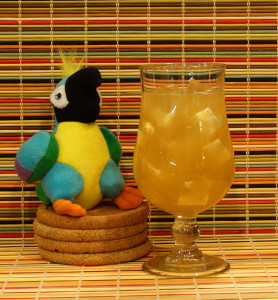
- 2 oz. Cruzan white rum
- 2 oz. tepache
- 1 oz. lemon juice
- 1/2 oz. curacao
- 1/4 oz. simple syrup
- 1/2 oz. orgeat
- 12 oz. crushed ice
- Chill a Double Old Fashioned glass with ice and water
- Shake all ingredients with crushed ice
- Pour unstrained into chilled glass
Next up is:
The Tepache Tease
The bright flavor of the tequila adds to the tropical pineapple while the plum/cherry notes in the Bonal plays with the pungency of the tepache.
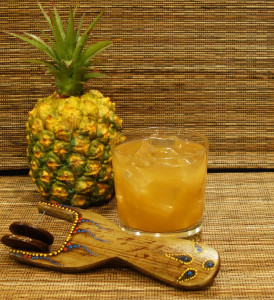
- 2 oz. Tepache
- 2 oz. Plata Tequila such as Milagro
- 1/4 oz. Bonal
- 1 dash 2:1 simple syrup
- Chill a Double Old Fashioned with ice and water
- Combine all ingredients in a shaker with ice and shake to chill
- Strain over fresh ice in chilled glass
And finally:
The Tepache Cocktail
This proves you can have an elegant cocktail that uses pineapple! 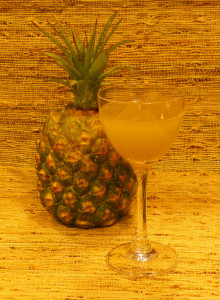
- 1 oz. Plymouth Gin
- 3/4 oz. Tepache
- 1/4 oz. Lemon Juice
- 1 dash (1/8 tsp) 2:1 simple syrup
- Chill a cocktail glass with ice and water
- Combine all ingredients in a shaker with ice and shake to chill
- Strain into chilled glass and serve
Cheers!



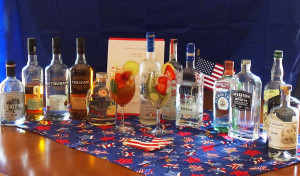 As busy host/hostess, anytime you can offer a fun, engaging, self-serve cocktail bar, expect your guests to rave about your entertaining prowess! A tonic bar is a simple way to allow your guests open access to create their own drinks while you get to enjoy your party too. Its versatility works great for casual outdoor gatherings and equally well for holiday festivities.
As busy host/hostess, anytime you can offer a fun, engaging, self-serve cocktail bar, expect your guests to rave about your entertaining prowess! A tonic bar is a simple way to allow your guests open access to create their own drinks while you get to enjoy your party too. Its versatility works great for casual outdoor gatherings and equally well for holiday festivities. Before we address the blue print for a great libation station, let’s look at the recent transformation of the venerable Gin and Tonic. About ten years ago, the “Gin Tonic” became the rage in Spain. Bars developed their own, proprietary Tonic Waters with which they prepared beautiful cocktails in over-sized, stemmed wine glasses, filled with colorful fresh citrus and herbs. Drinking establishments take pride in featuring their version of the “Gin Tonic.”
Before we address the blue print for a great libation station, let’s look at the recent transformation of the venerable Gin and Tonic. About ten years ago, the “Gin Tonic” became the rage in Spain. Bars developed their own, proprietary Tonic Waters with which they prepared beautiful cocktails in over-sized, stemmed wine glasses, filled with colorful fresh citrus and herbs. Drinking establishments take pride in featuring their version of the “Gin Tonic.”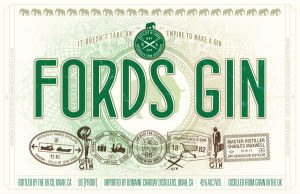
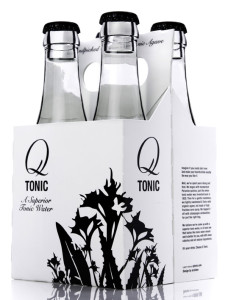
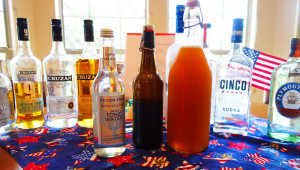
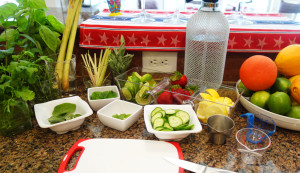

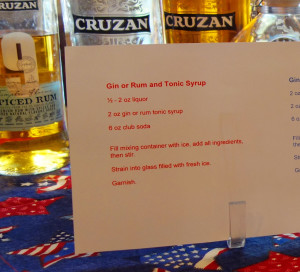



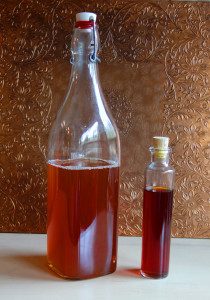 I had an opportunity to discuss Gin and Tonics with Jason Kosmas, Co-founder of The 86 Company, (Ford’s Gin among others), Co-founder of Employees Only and Co-author of
I had an opportunity to discuss Gin and Tonics with Jason Kosmas, Co-founder of The 86 Company, (Ford’s Gin among others), Co-founder of Employees Only and Co-author of 